Features and review of the best macro lenses
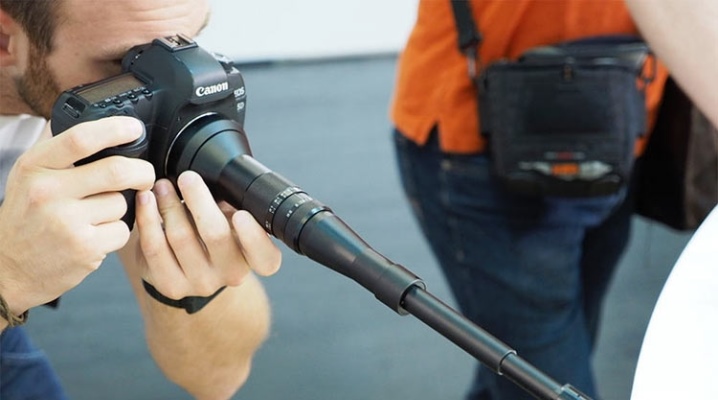
There is a large selection of lenses that are used for both photography and video shooting. A striking representative is a macro lens, which has a number of positive qualities and advantages. Such optics are used by amateurs of photography. There are several rules that will help you choose the best lens for macro photography and create real photo masterpieces.
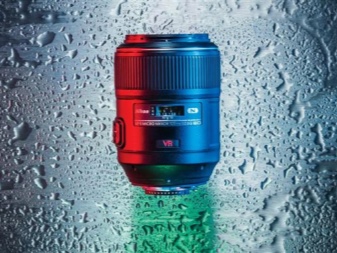
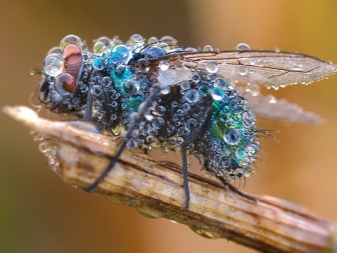
What is it and what is it for?
This is a special optical device that helps to shoot small details, focus on objects that are close. There are many varieties of macro lenses that come in different magnifications, which is a crucial factor when looking for such a device. The feature that defines the optics for macro photography is its plane, due to which the image in the frame will not be distorted. When shooting at close range, the subjects are different from what they really are.
An important parameter for macro photography is the minimum focusing distance. Some lenses have the ability to focus up to 20 cm at a focal distance of 60 mm. It is not the distance of the object from the front lens that should be taken into account, but its distance from the focal plane.
This is the determining factor that will help you choose the right optics to get the desired effect when shooting.


Such a device is often used for photographing small details, photographing birds, butterflies and other living creatures. A macro lens can be a great solution for portrait photography. Therefore, the correct selection of the device is especially relevant. The close-ups are pretty sharp, which is what you'd expect for filming of this nature. Such devices can easily adjust focus, so they are used to create advertising photographs.
There are other areas of application for this equipment. Shooting negatives and slides also requires the use of a macro lens. This is not an easy process that professional photographers and experts resort to.
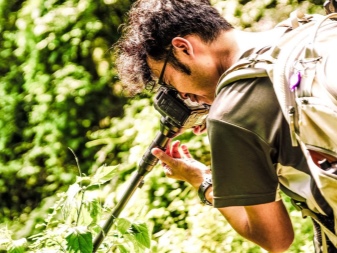
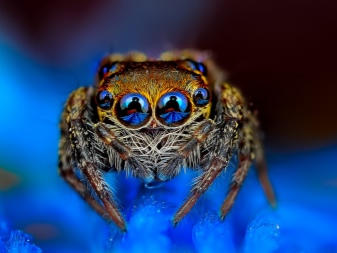
How are they different from conventional lenses?
The difference between a conventional lens and a macro lens is that the latter has the ability to focus at a minimum distance that can reach several centimeters. Wherein such optics are able to provide magnification, with it it is easy to get close to a small object, to convey in the picture all its details and nuances... Another difference is the elimination of distortion during shooting and the inverted optical design.
Close-up on such a lens is quite clear. With the help of the device, you can see what is difficult to see with the naked eye.
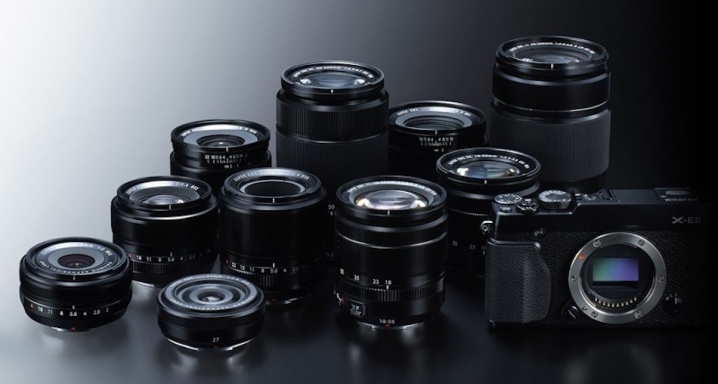
Species overview
Short throw
These lenses have a frame diagonal that does not exceed 60 mm. As for the smallest focusing distance, from the optical center to the object, it is 17-19 mm. This lens option is better suited for static subject photography, where there is no movement. Can also be used to create portraits.
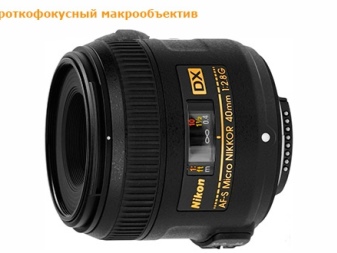
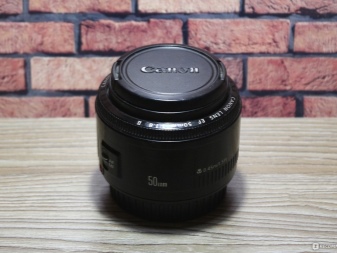
Long focus
A macro lens of this type has a longer frame diagonal - from 100 to 180 mm. Thanks to such optics, you can get a 1: 1 picture already at a distance of 30-40 cm. The device is used for filming from afar, for example, on a photo hunt. With a smaller diagonal, the lens is suitable for photographing flora and fauna.
To study nature, it is best to use long-focus lenses, they are capable of filming even moving objects.
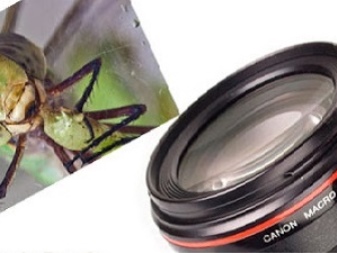
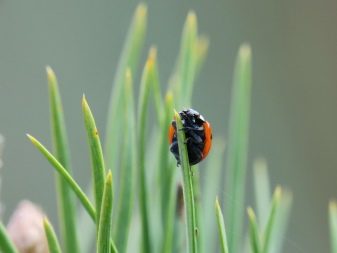
Top brands
If you want to shoot close-ups, you need to research the top manufacturers that produce high-end optics for filming. There is a wide range of brands on the market, each of which can offer excellent performance and different benefits.
A worthy representative of a macro lens is Tamron SP 90mm F / 2.8 DI VC USD Macro, which belongs to the segment of narrow-beam optics. Ideal focal length - 90 mm, wide aperture range. During filming, it is often necessary to cover the diaphragm, in this model it consists of nine blades. The lens has a stabilizer, works silently, so it allows you to optimize the photographer's work.
It should be noted that the body is made of plastic, which protects against moisture and dust. This material lightens the weight of the optics, moreover, the cost is affordable for everyone. If you plan to shoot insects that are easy to scare away, you can safely choose this model.
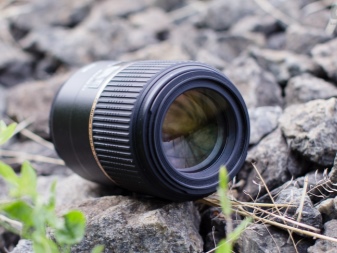
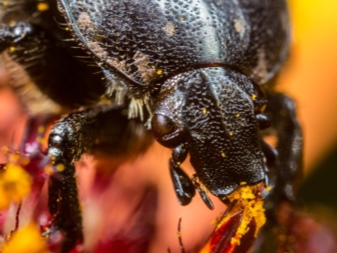
Sigma 105mm F / 2.8 EX DG HSM Macro is a Japanese representative of macro optics. These products are in great demand, and have fully earned the right to be called one of the best. The focal length indicator is stated in the name itself. In practice, it has been proven that the lens allows you to obtain sufficient sharpness. Thanks to the low dispersion elements, distortion will not affect the frame.
The lens has an ultrasonic motor as well as a stabilizer.
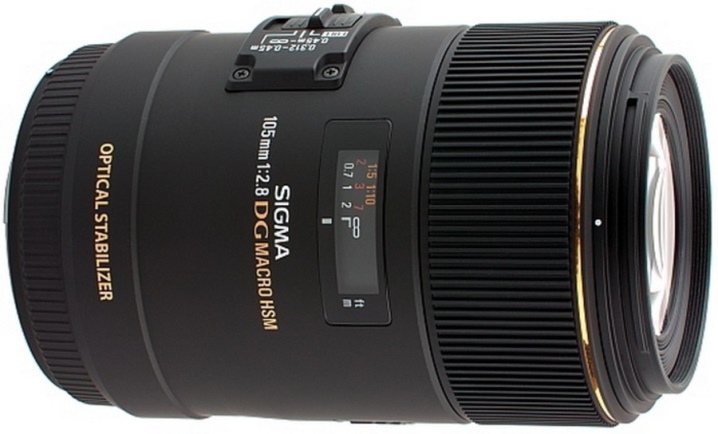
Included in the rating and Canon EF 100mm F / 2.8L Macro IS USM... This is a popular distance range for this type of survey. A wide aperture, excellent stabilization and ultrasonic focusing allows you to do what you love at the highest level. This kit is protected from moisture and dust, mechanical damage. There is a branded red ring on the case, which confirms that the device belongs to the professional line of the brand. It comes with a hybrid stabilizer and a four-stop exposure that will suit even beginners.
Despite its solid body, the lens itself is light enough.
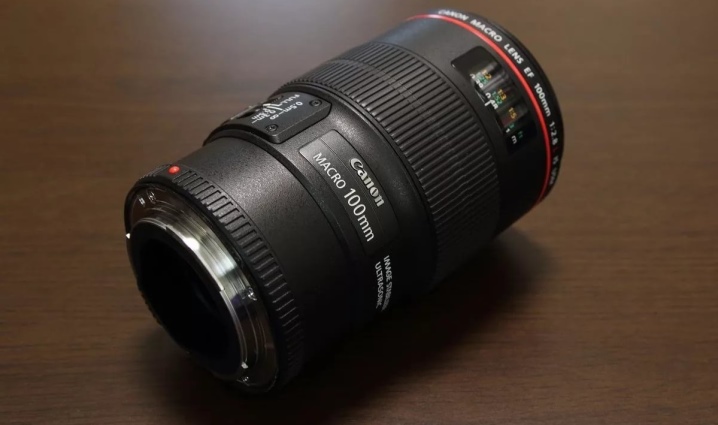
It's hard not to list Nikon AF-S 105m F / 2.8G VR IF-ED Micro... The optics are great for macro photography. The model is equipped with low-dispersion glass, an ultrasonic autofocus motor, vibration reduction technology was used in the production. The AF-S DX 40mm F / 2.8G Micro is considered to be a prominent representative of this brand's macro lenses, which stands out with unusual numbers. Focal length non-standard, close to wide-angle format. Weight is three times less than competitors.
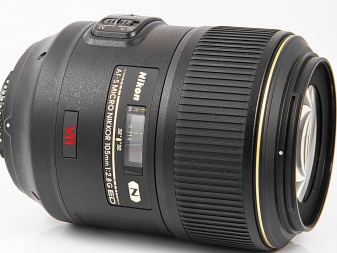

Samyang Company did not stand aside, stands out in the assortment 100mm f / 2.8 ED UMC Macro lens... The manufacturer produces manual optics, taking into account all the standards and requirements. The device has no automation, but this does not stop professional photographers. Manual focusing is somewhat better, as you can adjust the frame yourself. The smooth movement of the ring allows the professional to work quietly.
The aperture is also manually set, these characteristics have influenced the availability of this device.
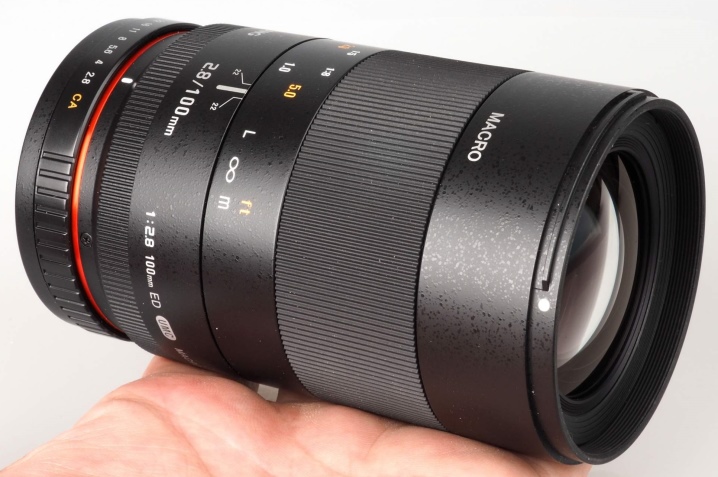
How to choose?
To find a photo lens, you need to clearly build your own goals, understand what kind of shooting you are interested in. You can choose according to the manufacturer, having carefully studied the technical characteristics of the models of interest. The most important metrics for quality optics are sharpness and detail.
Scale is the main property of a macro lens that distinguishes it from a standard lens. Most optical devices shoot 1: 1, in some lenses this ratio is 1: 2. If you plan to shoot small objects, the scale should be large. The type of focus matters because it affects sharpness. Professional photographers prefer to use manual mode to set things up on their own.If you want to shoot portraits and stationary subjects, you can opt for autofocus optics.

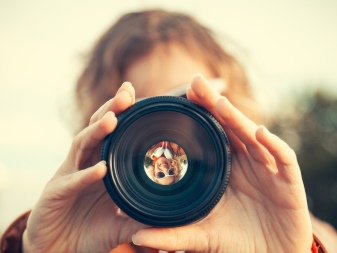
Since there are different types of lens construction, this parameter must also be taken into account. The exiting tube allows you to zoom in and reduce the distance to the object. However, it can be frightened off by the insect or bird you are filming. Therefore, it is worth paying attention to the smoothness of the movement of the optics. Aperture affects the accuracy of autofocus in low light, which is important for manual focusing.
It is necessary to select any macro lens for yourself and your own tasks, while not forgetting about the conditions in which the shooting will be carried out. All of the above parameters will help you find the perfect unit for your camera.
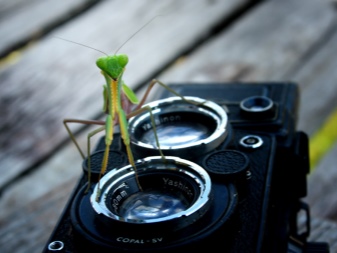
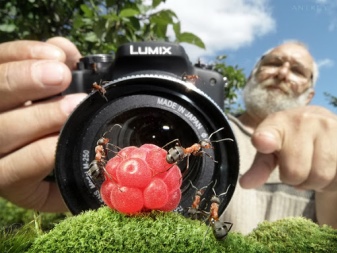
Understanding the shooting process allows you to choose the best optics option. Such shooting is carried out at a short distance, so the camera needs to be as close to the subject as possible in order to capture it completely in the frame. It is important to ensure that the optics are focused, if this does not happen, then the lens is too close, so just move the camera away and try again.
A useful accessory is a tripod on which you can mount your equipment to keep it still. The focus can sometimes not adjust due to a lack of light, so if shooting at home or in a studio, it is worth improving the lighting. If you are shooting nature, it is important to choose a less windy day, as swaying leaves and flowers will blur the frame. Manual focusing will help you to focus on your own, and it will also allow you to learn how to frame the frame.
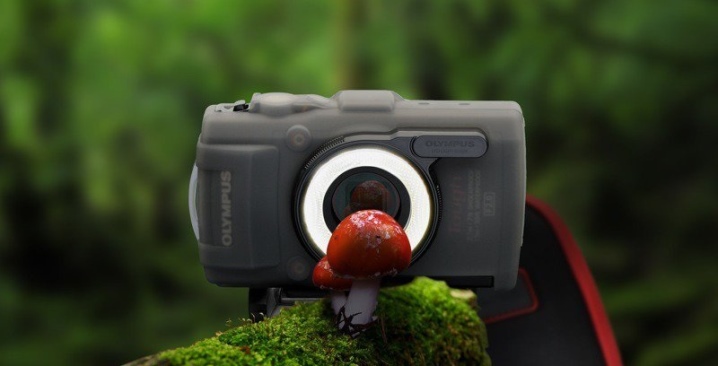
It is important to understand that Macro photography often requires a lot of patience and care... But if you have high-quality equipment in your hands and have the skills, you can enjoy the process itself, not to mention the end result.
Below is an overview of the Sigma 105mm f / 2.8 Macro.













The comment was sent successfully.